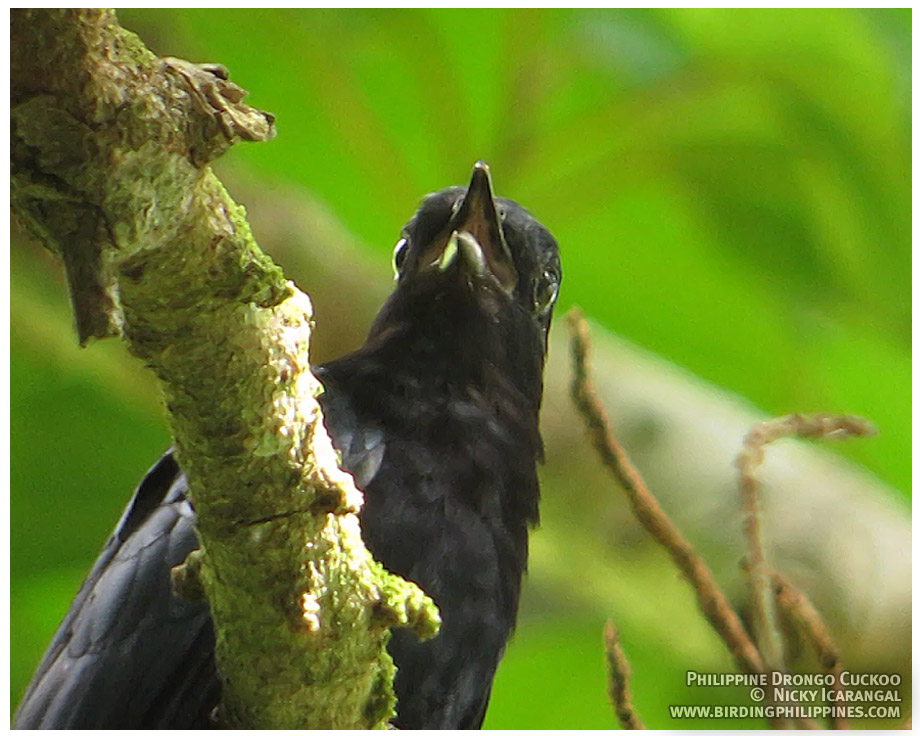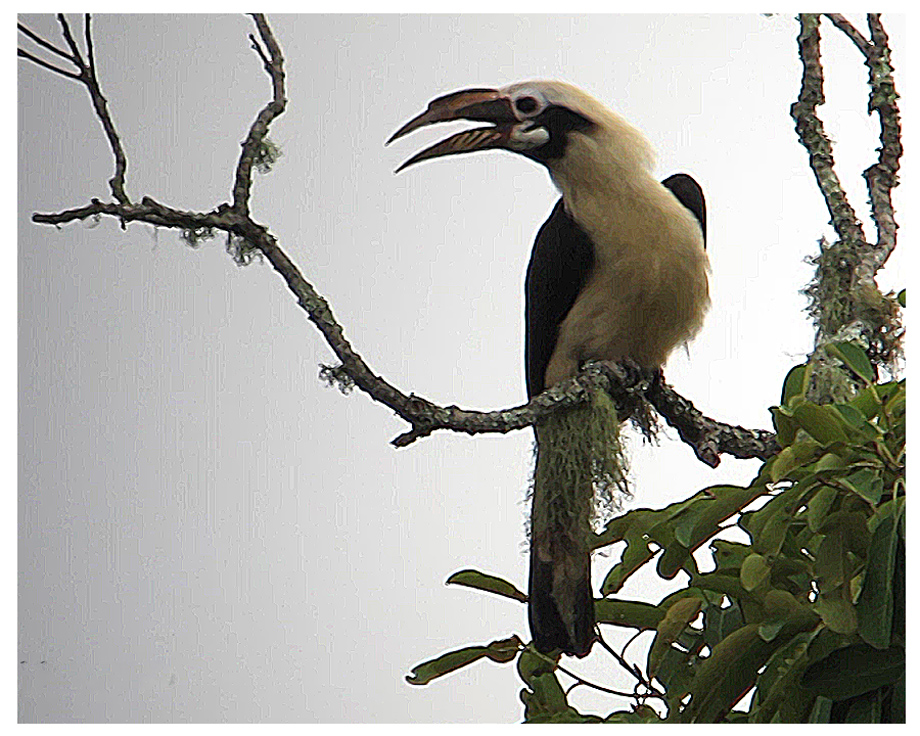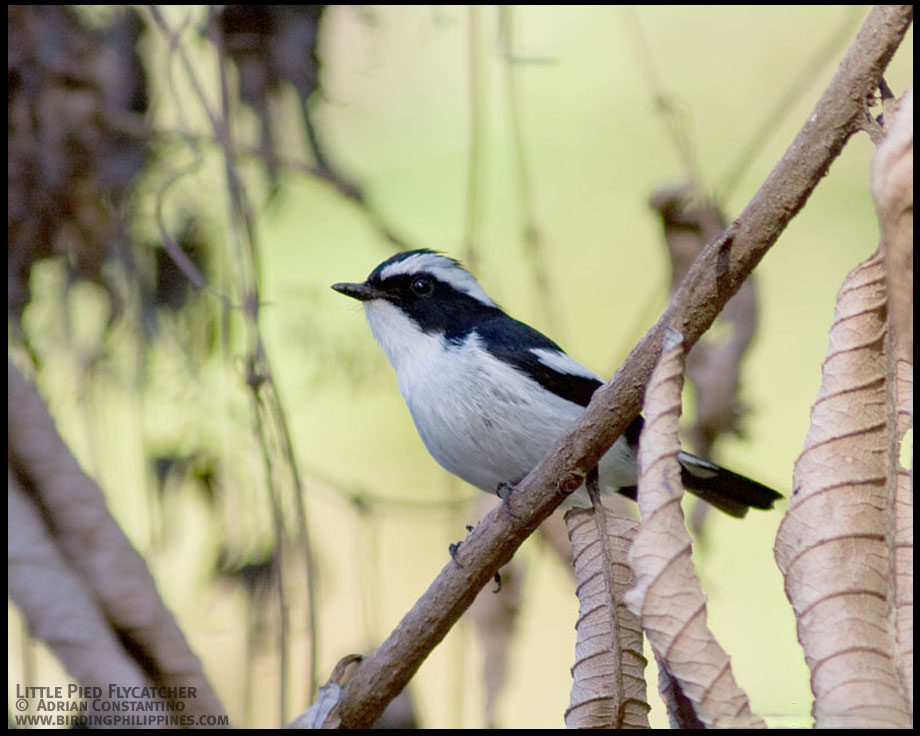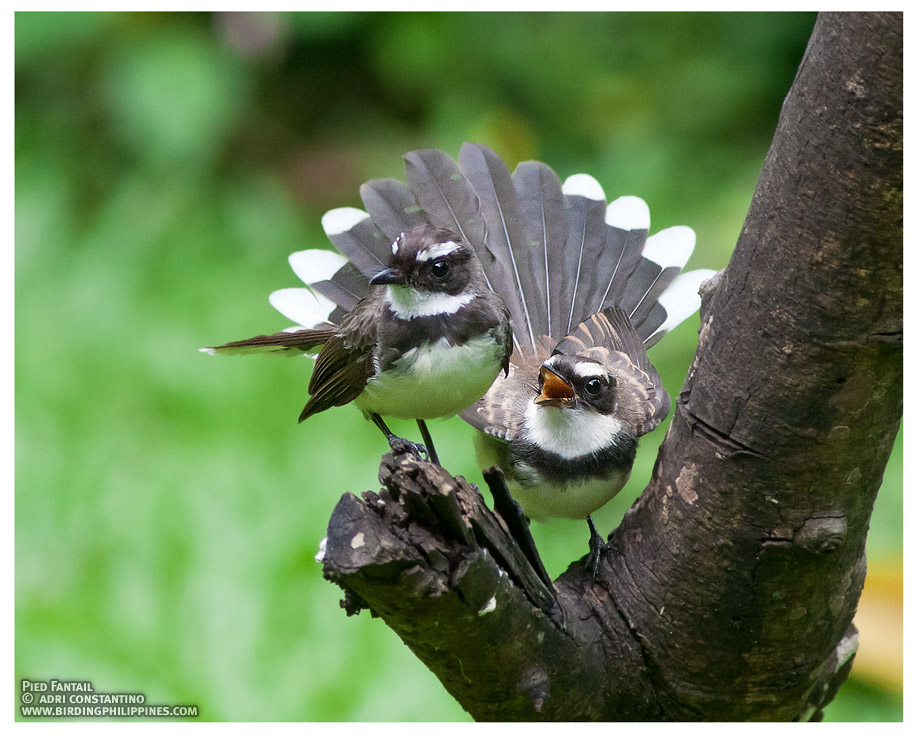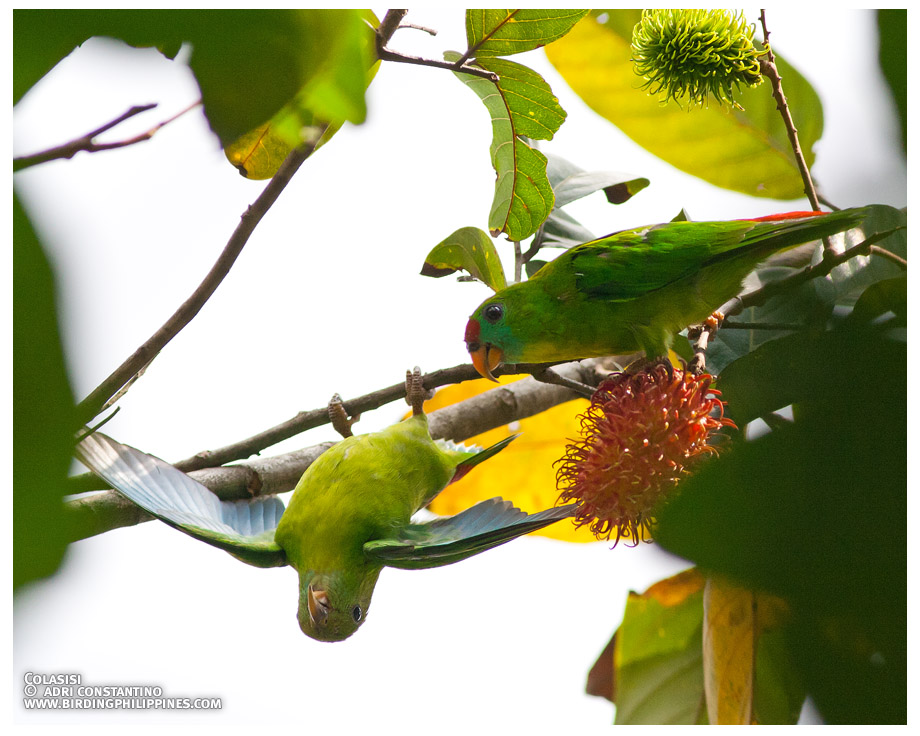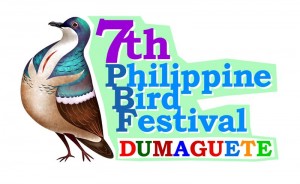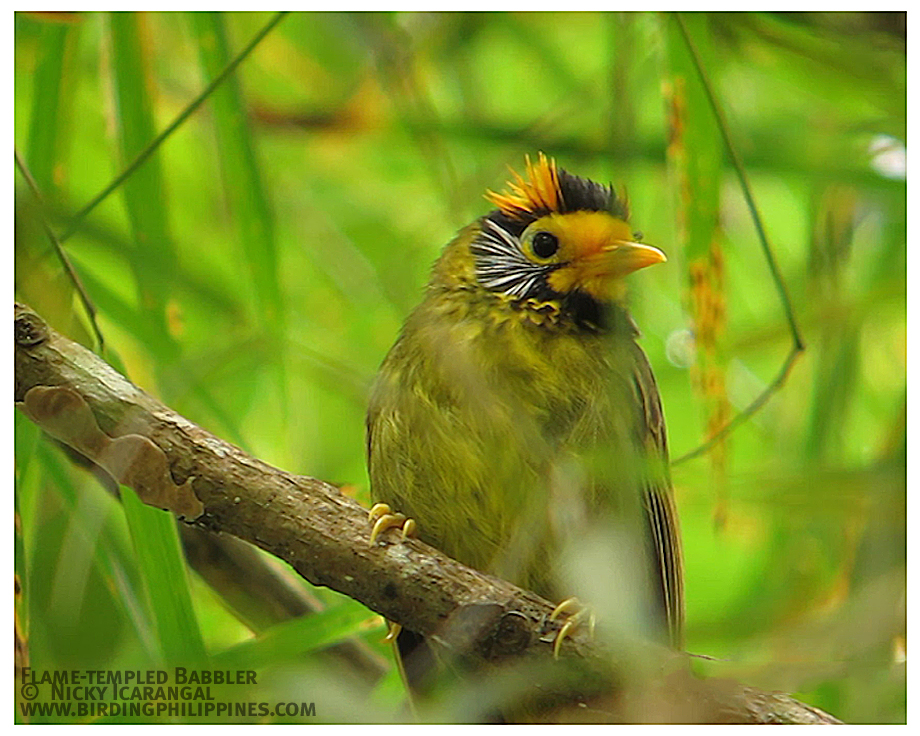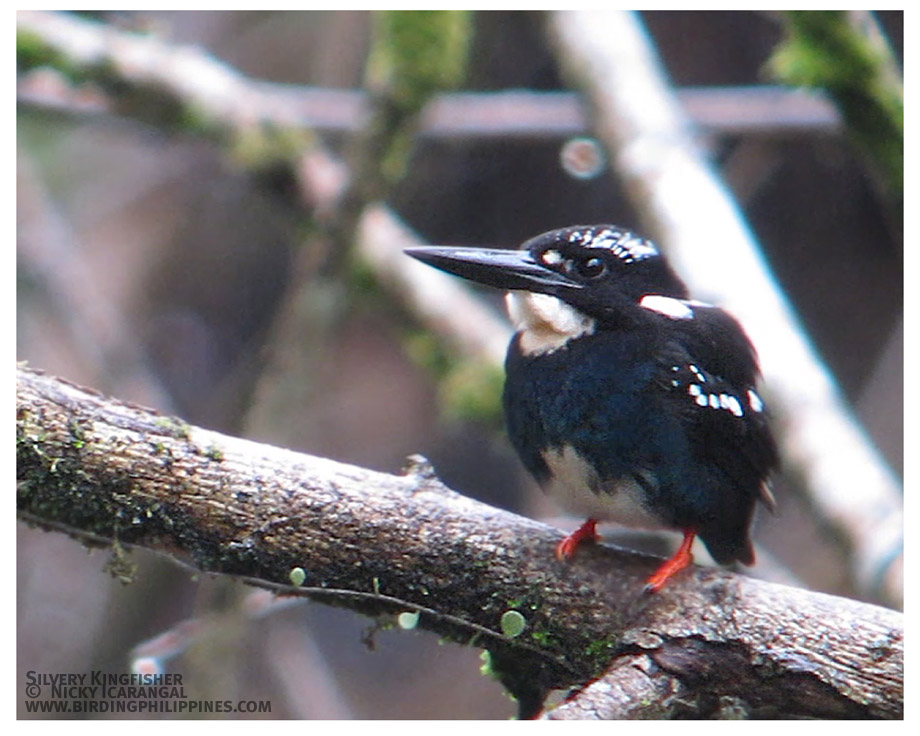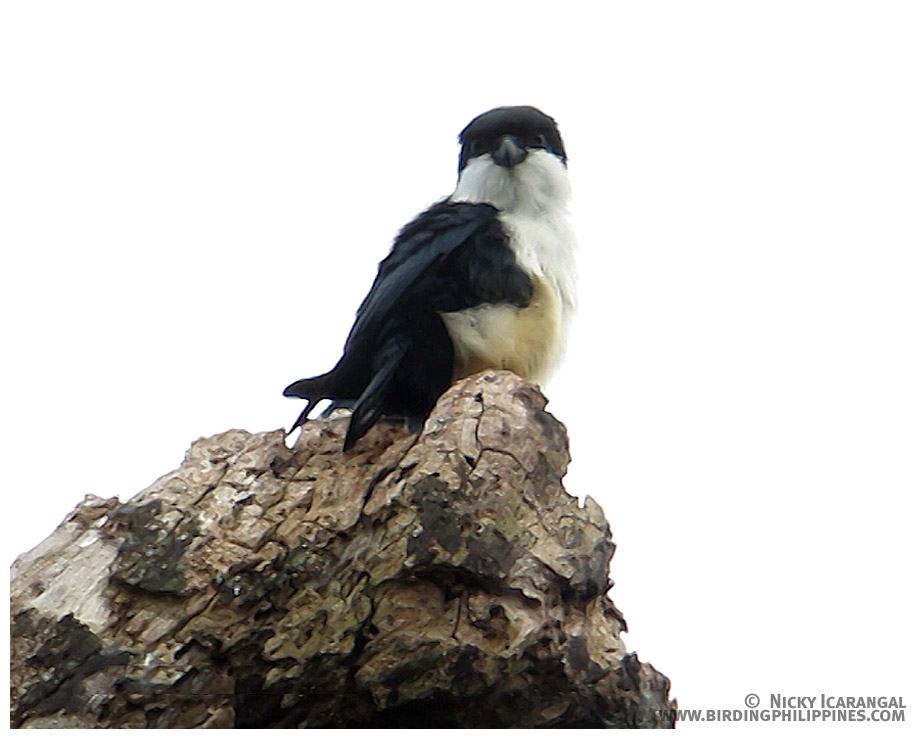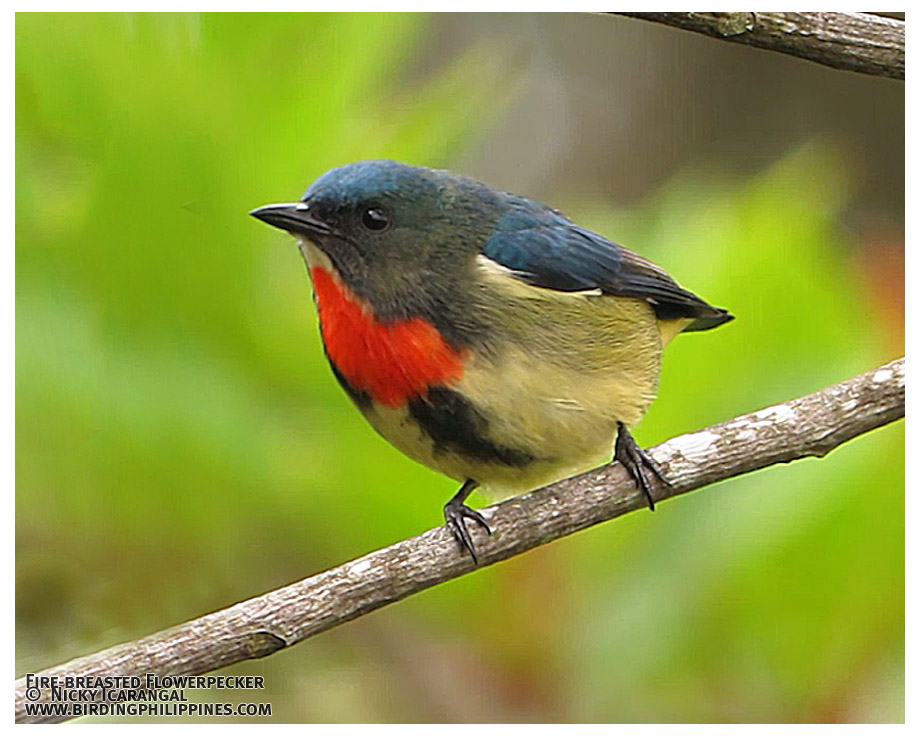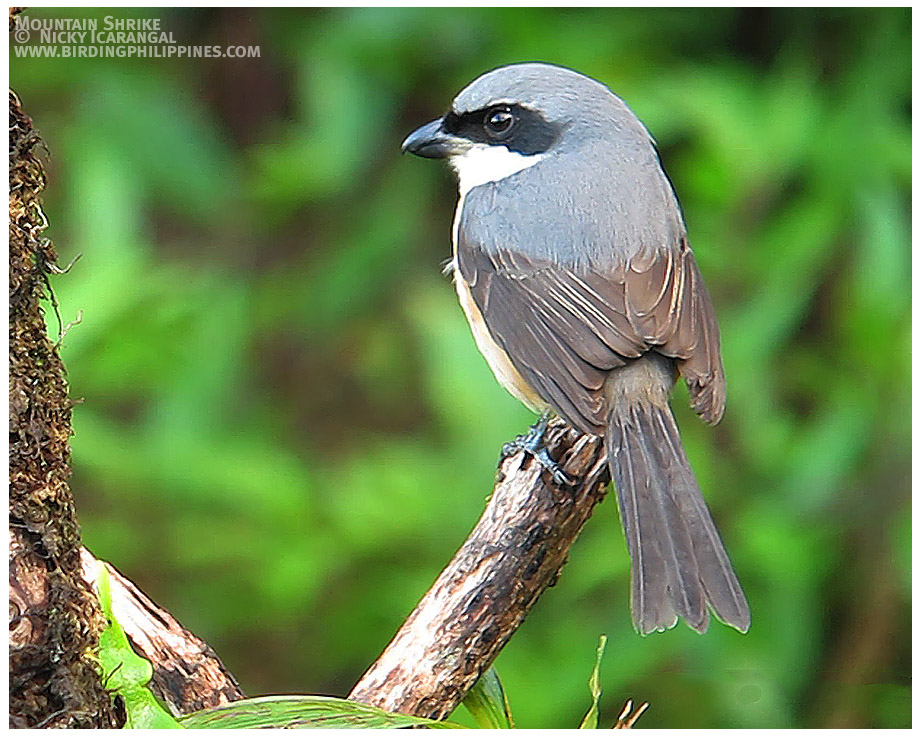Philippine Drongo Cuckoo [HD]
From the very colorful Philippine Trogon video, we now have this all black Philippine Drongo Cuckoo.
The Philippine Drongo Cuckoo is a fairly common lowland endemic found in most Philippine islands except Palawan. It is all black in plumage but has a nice, greenish-blue gloss when hit by sunlight at a certain angle. It may often be confused with the Balicassiao, (an endemic drongo) in Luzon or the Hair-crested Drongo in Mindanao as both of these species have a somewhat splayed tail but the diagnostic that separates this bird from the real drongos is its small, thin, slightly decurved bill.
It is often heard in the forest with its melodic whistles but it can be shy and difficult to see. Similar to other cuckoos, the Philippine Drongo Cuckoo is believed to be a nest parasite - laying eggs on other nests, and letting the other bird take care of its offspring.
Philippine Drongo Cuckoo, Surniculus velutinus
May 2011, Mt. Makiling Forest Reserve, Laguna, Luzon, Philippines

